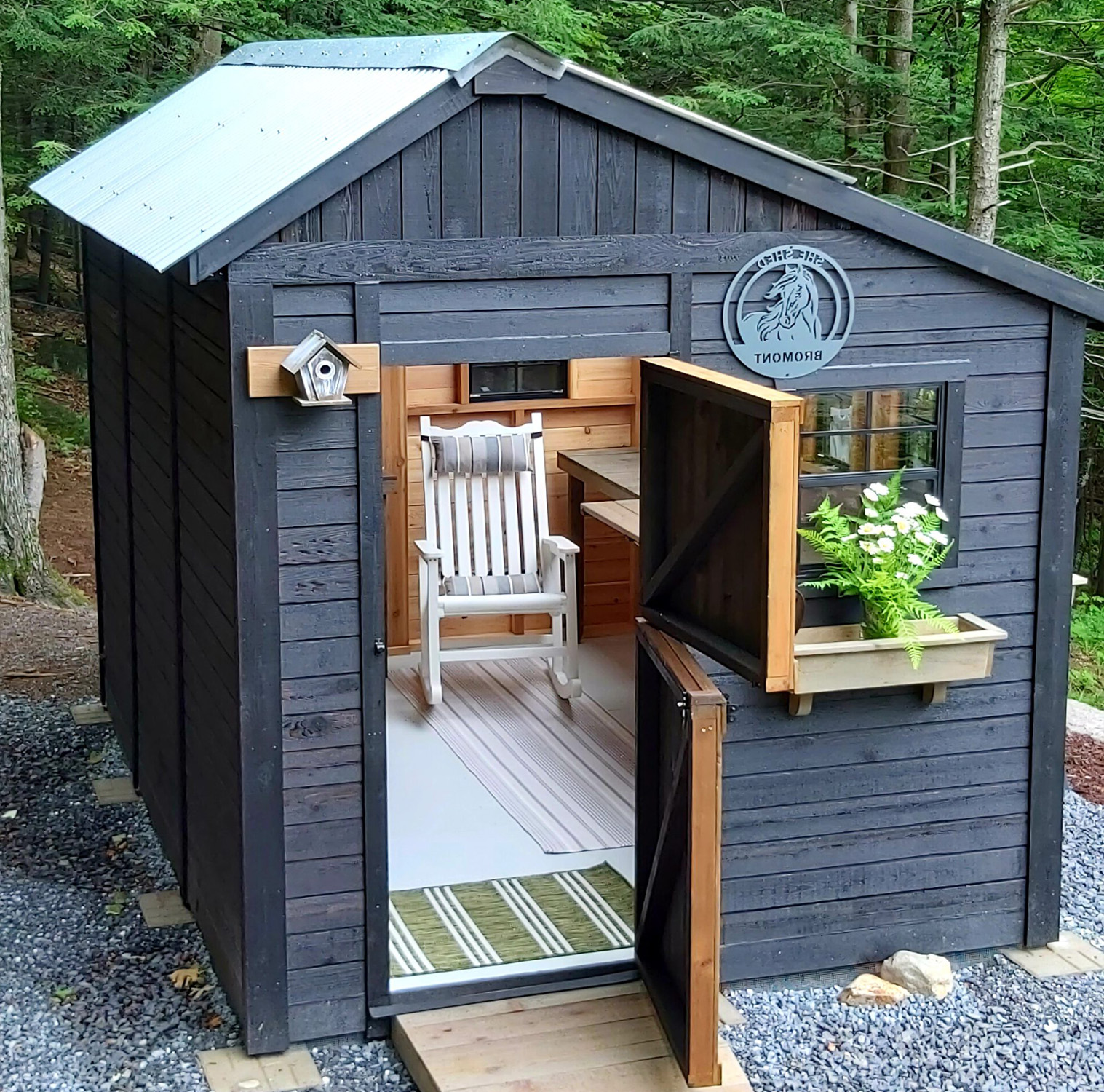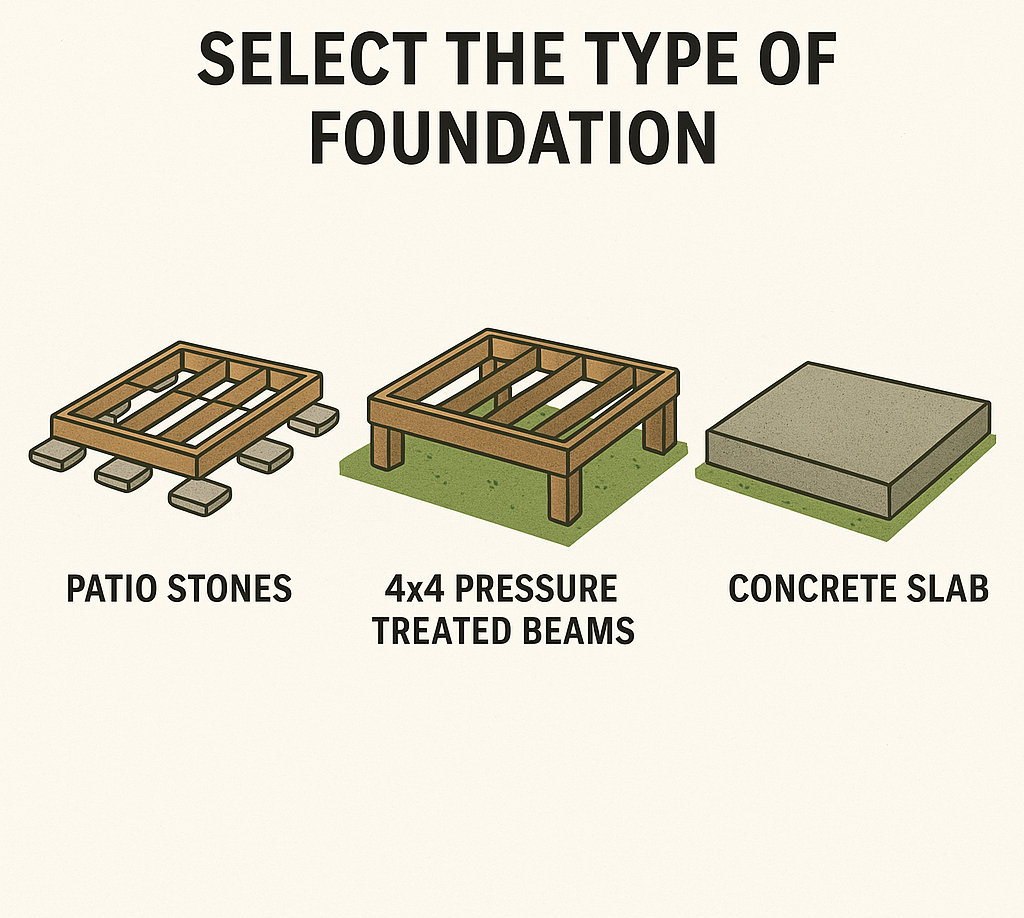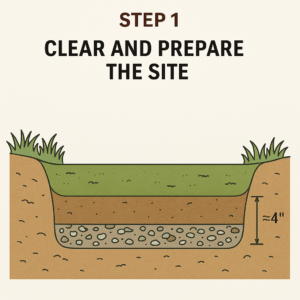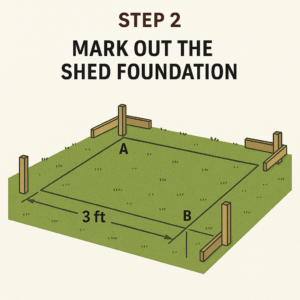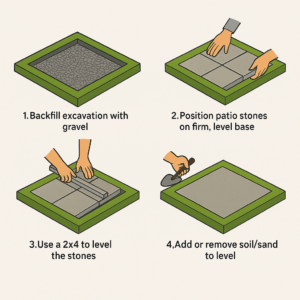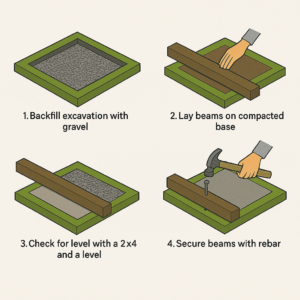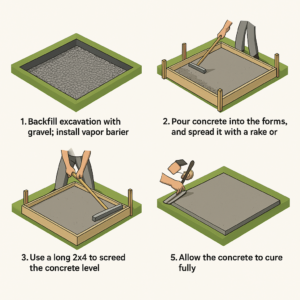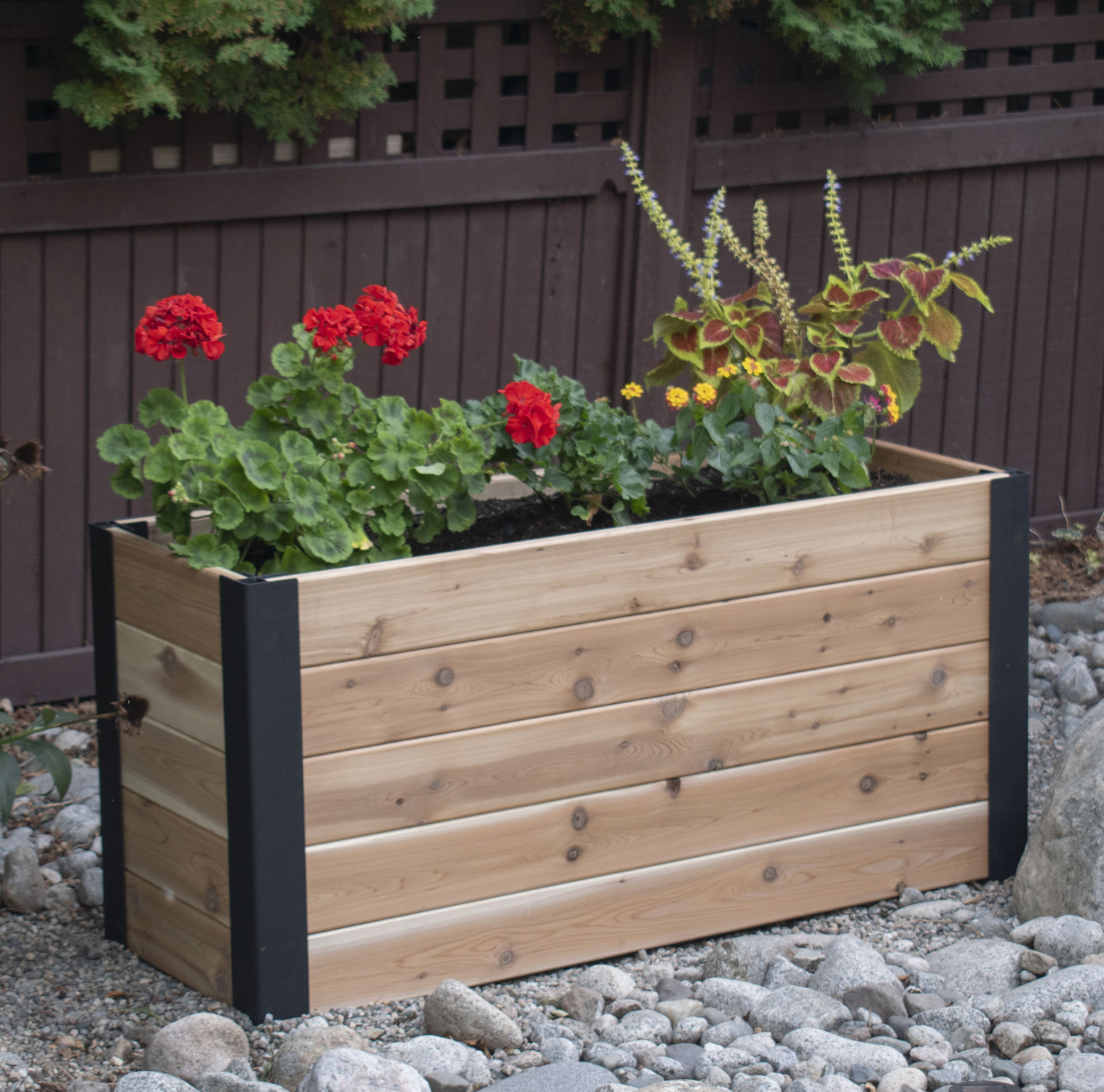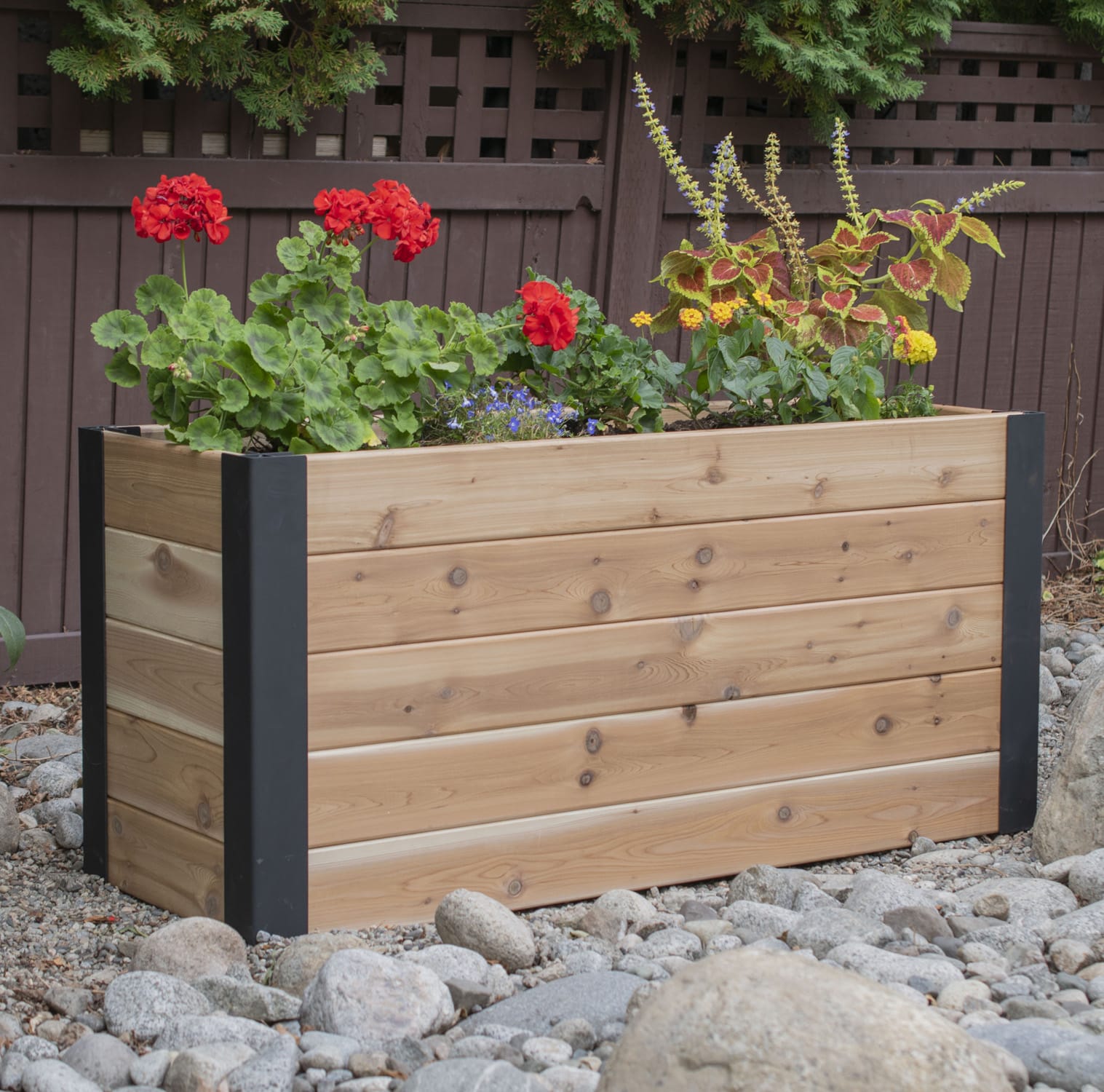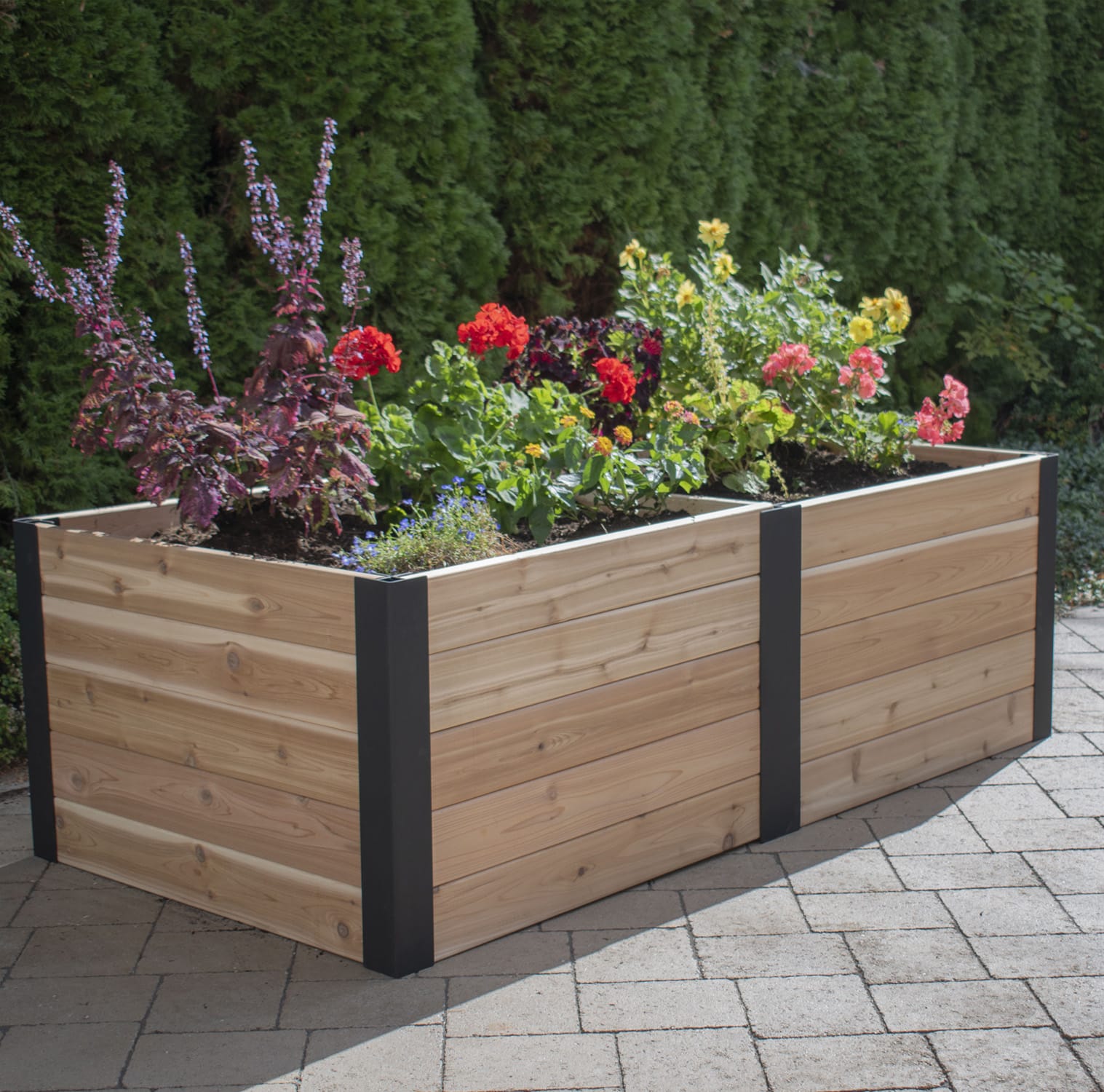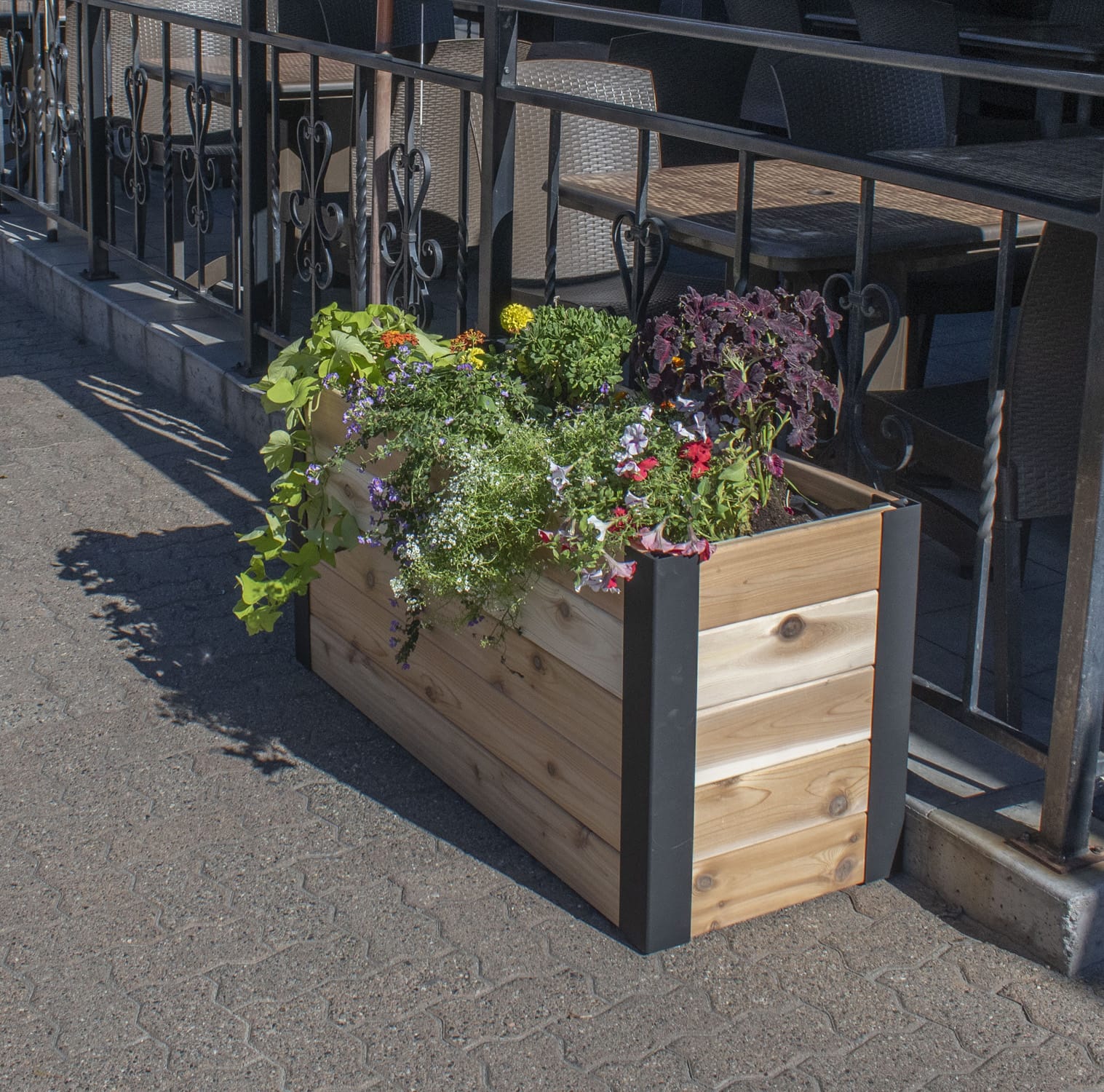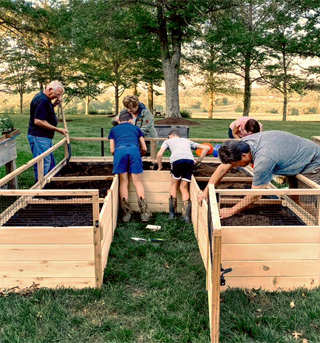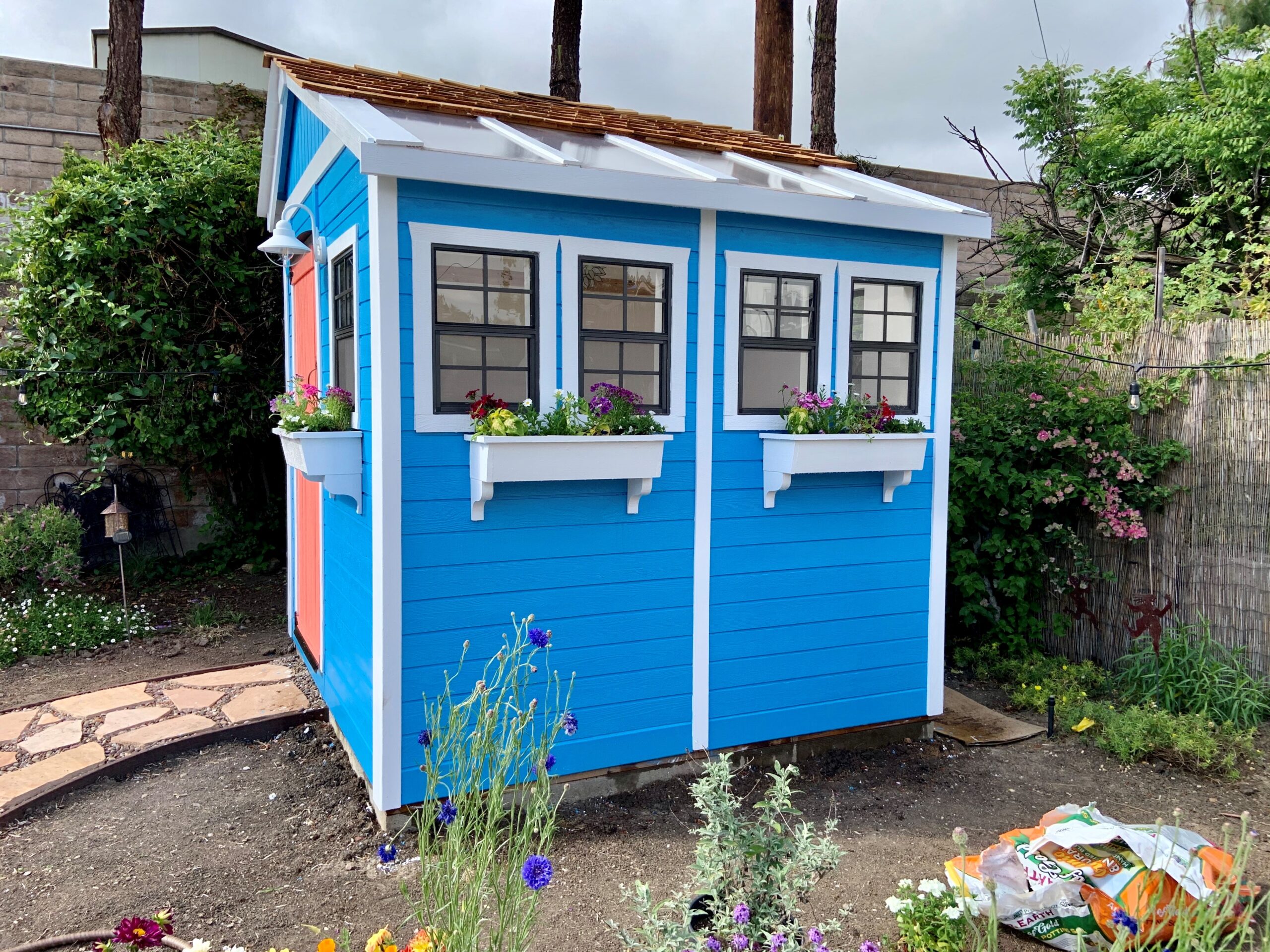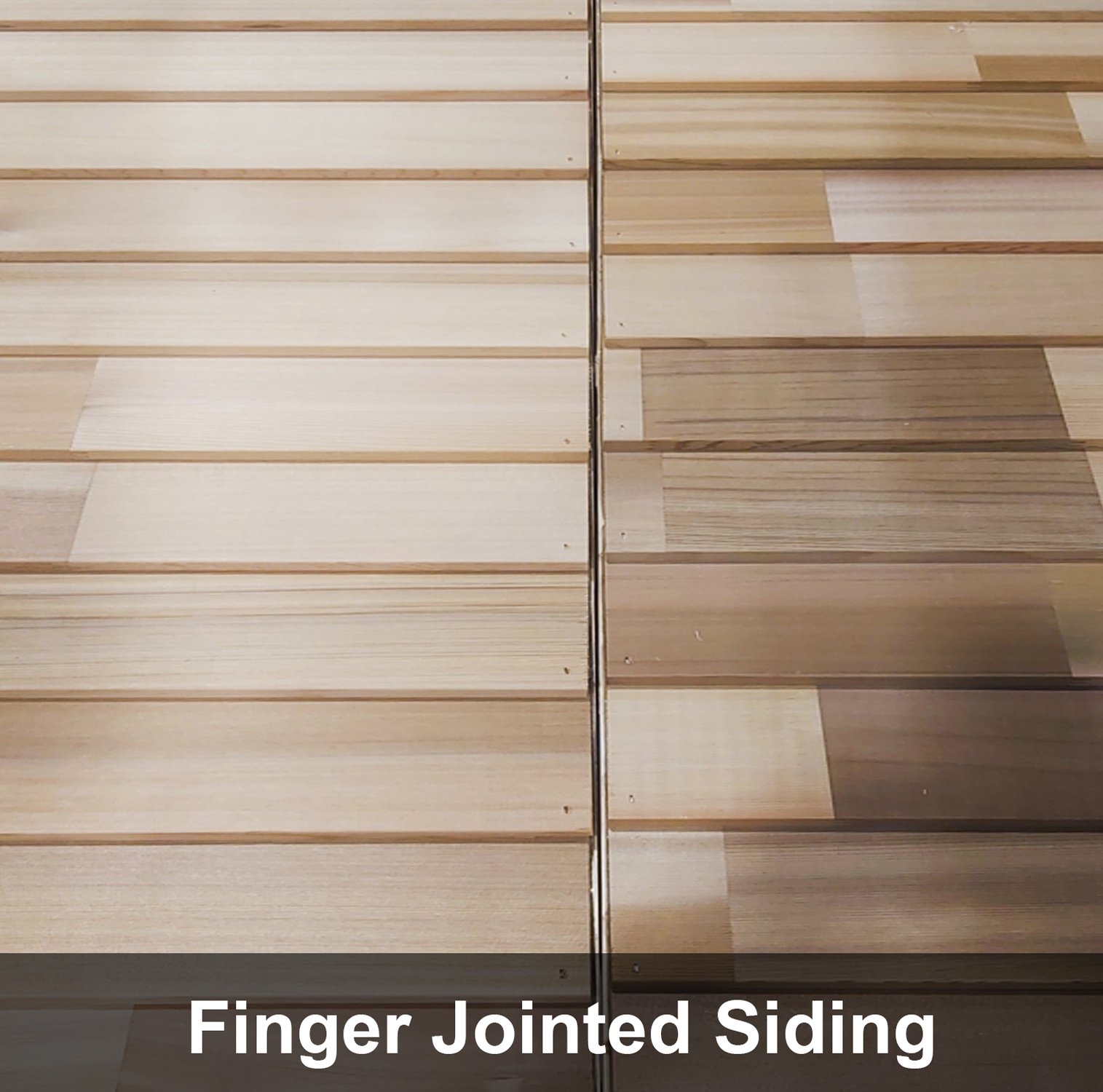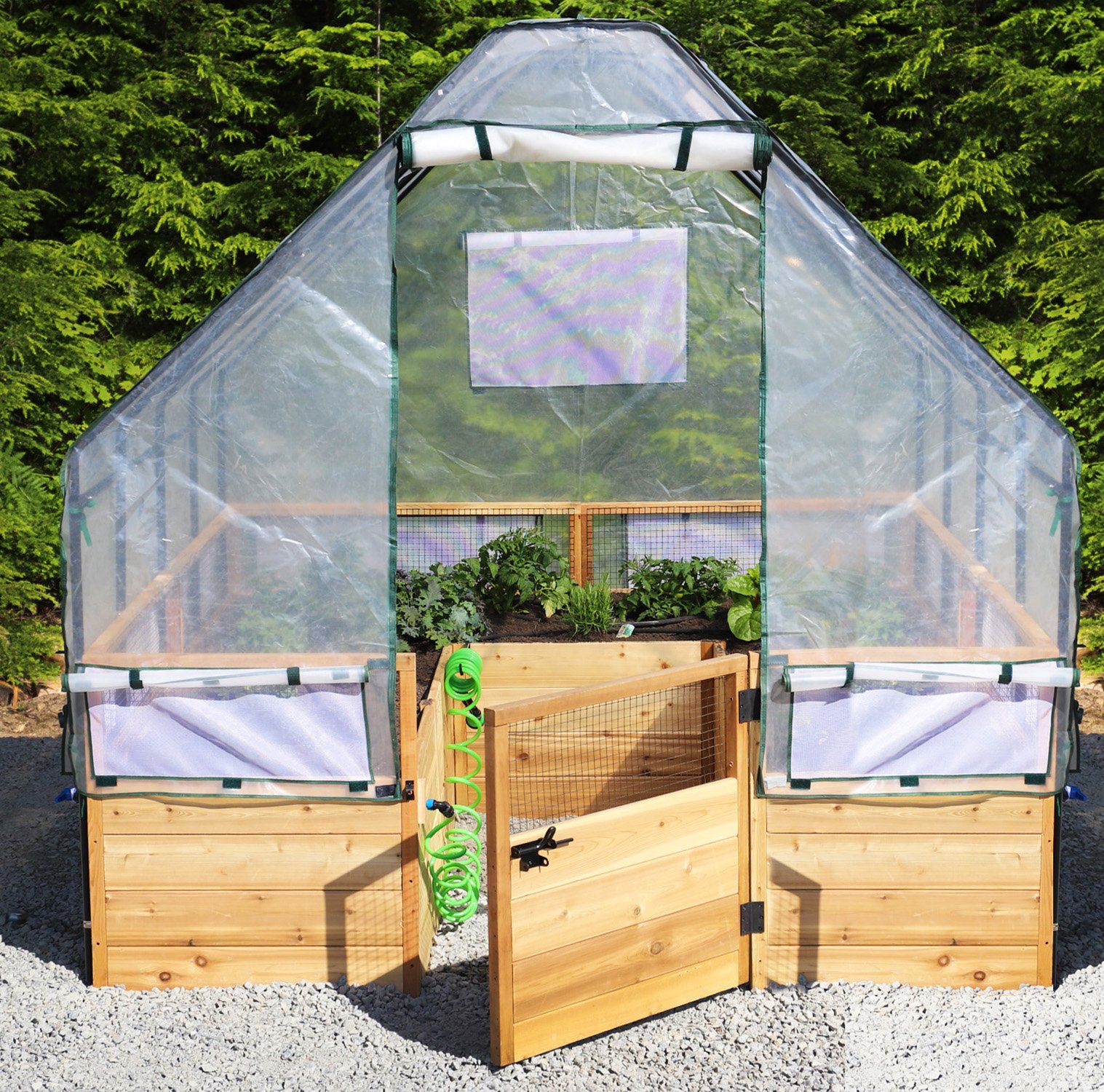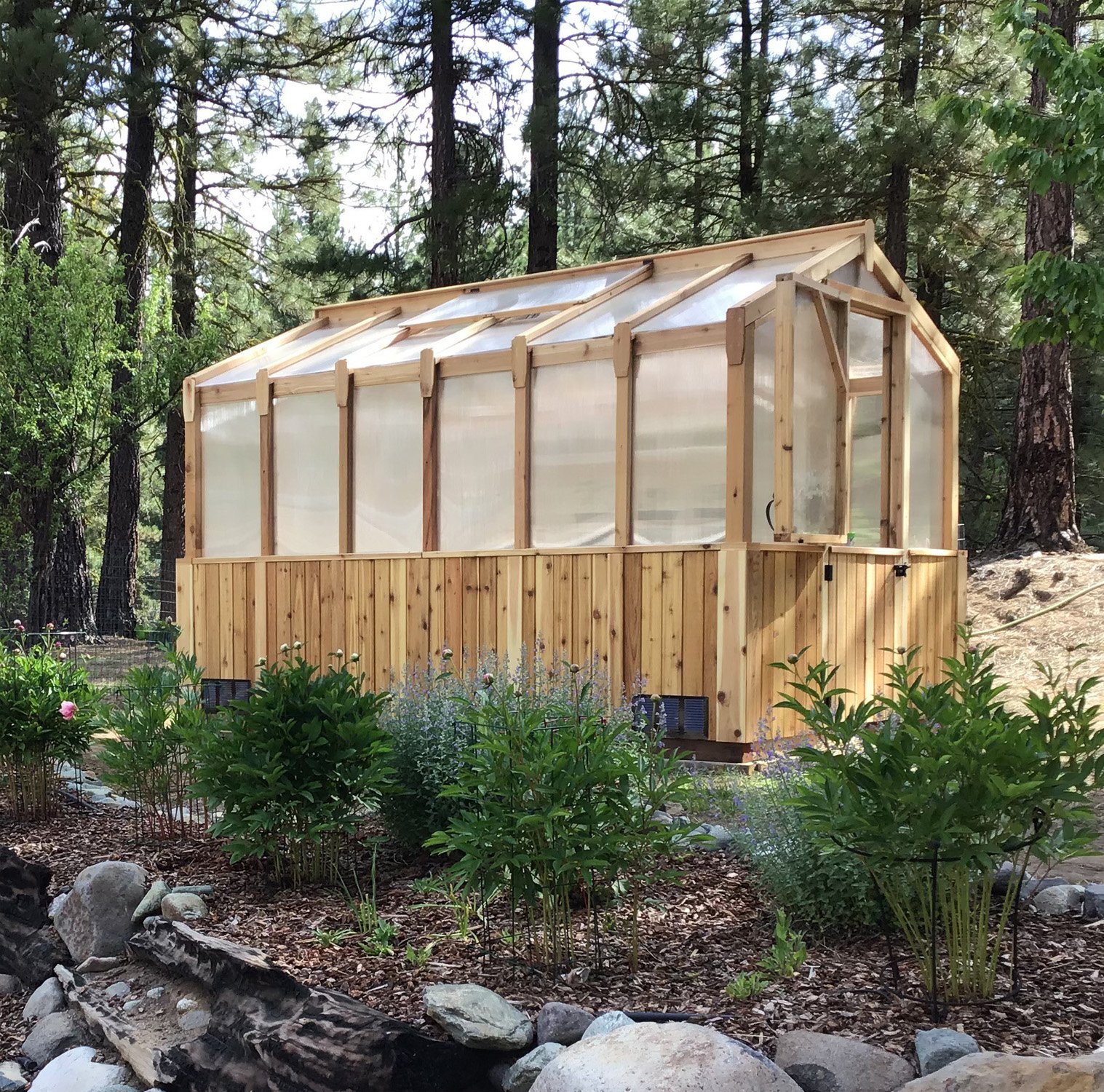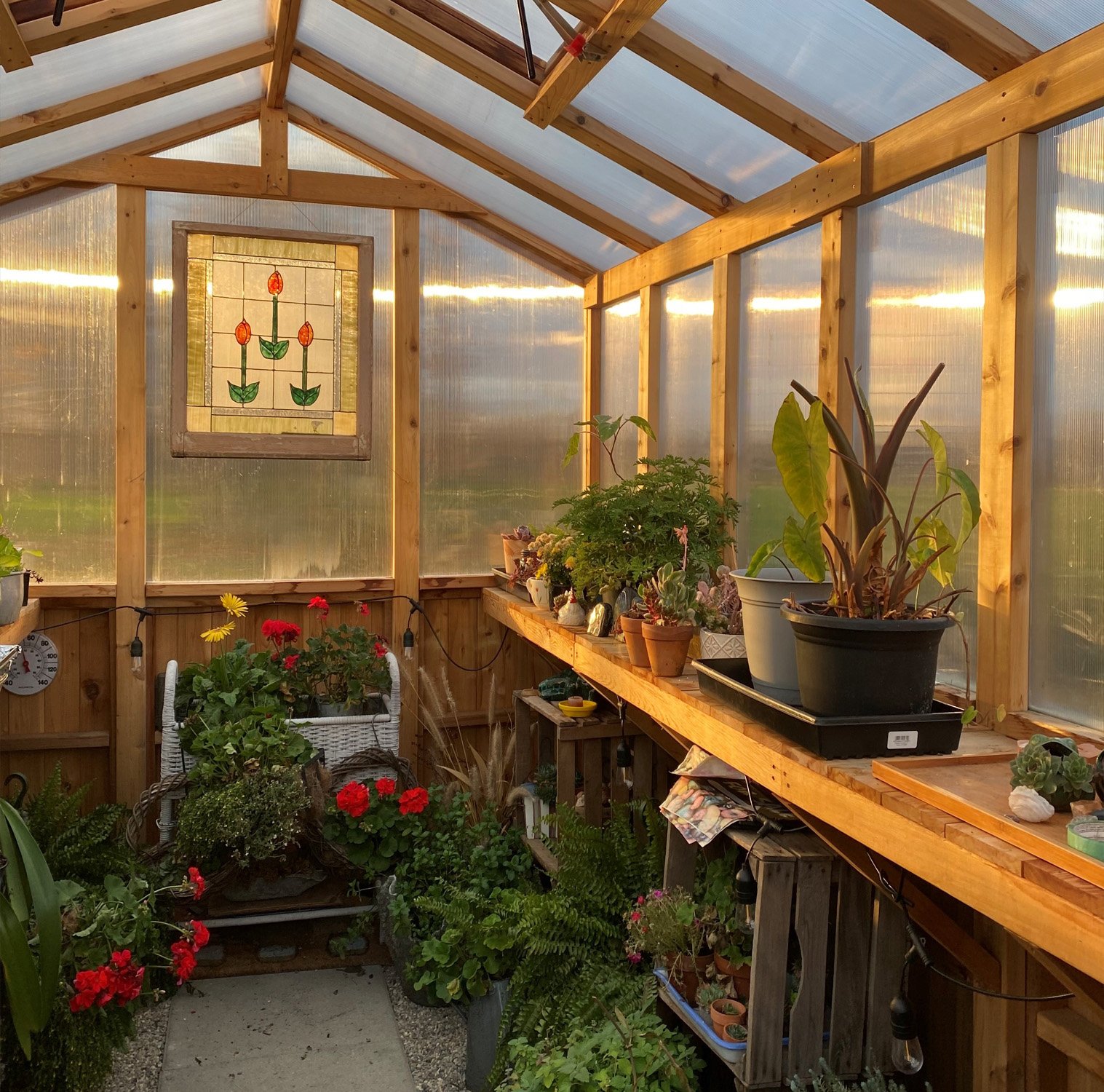5 Creative, functional uses for a garden shed (that isn’t storage)
Is your home feeling small? A creative way to make more space in your home doesn’t require sacrificing the home square footage you already have or investing in extensive, disruptive home remodels. Have you ever considered turning a beautiful certified Western Red Cedar garden shed into a living space in your backyard? It’s a project you could complete as quickly as a weekend!
The traditional garden shed can be used for more than storing your outdoor and gardening equipment and supplies. You can roll up your sleeves (or hire a contractor) to turn a garden shed into a more functional space in your backyard.
Here are five cool ways you can turn garden shed structures into functional extensions of your home.
The home office
If you work from home, you know how the “main house” can be distracting. Kids running around, doorbells ringing, and your fridge being close by can be distracting for most of us.
Having a professional workspace separate from your main living area helps you manage your work-life balance. This separation helps define work and personal boundaries, leading to increased work focus and productivity and a more balanced life.
Many garden sheds can be converted into home offices, complete with power, heat or cooling, and office furniture. This provides you with a blank slate to decorate and theme your office to your heart’s desire!
A she shed, man cave, or rec room
As much as we love our family and spouse, having a space to yourself can be incredibly beneficial. That’s why modern families create separate spaces for each family member in their homes. These are lovingly known as “she sheds,” “man caves,” and even kids’ rec or playrooms.
If your main house doesn’t have space for the “She Shed” of your dreams, you can convert a garden shed for that purpose.v
- Imagine escaping to the shed after dinner to do some quiet reading, meditation or your hobbies in peace.
- Imagine your partner having a place to watch the big game on TV without disturbing the rest of the family every time their team scores.
- Imagine your kids having a place to play games or watch movies while you’re hosting dinner parties in the main house.
Kids playhouse
Speaking of kids, you could convert a garden shed into a playhouse. If you or your partner is handy with a hammer, you could install cabinets, countertops, and furniture in the playhouse.
You could also insulate the shed, add power, and use the shed as a playroom with all your kid’s favorite toys! Imagine stocking it with art supplies for the kids to craft outdoors without a crafty mess spilling into your freshly vacuumed carpets in the house!
A bar or outdoor kitchen
If you enjoy outdoor entertaining, turn your shed into an outdoor bar or kitchen storage space? Install a bar counter, a mini fridge, space for your drinkware, and maybe some charcuterie boards for snacks.
Using your shed as storage for your outdoor kitchen can save you many trips back and forth from your main kitchen during BBQ or entertaining season.
A pool house
If you have a pool or hot tub in your backyard, drying off before returning indoors can be challenging. Your pool guests often track wet feet as they run inside to get changed after their swim.
Instead, convert your shed into a private, comfortable pool house. Now, you and your guests have a place to change after their dip in the pool or hot tub, and you don’t worry about dripping pool water on your natural wood floors in the main house.
Imagine the possibilities for your next “garden shed”
A garden shed doesn’t have to be for your lawn mower and bags of soil. It can be turned into an extension of your home, creating functional space for your needs. Whether you’re working from home, creating a personal space, or entertaining, a garden shed has so many uses beyond storage.
Outdoor Living Today’s garde
n sheds are made from sustainable Certified Western Red Cedar. Our largest sheds are 12×16 feet, the perfect size to create the space of your dreams! We also have smaller sheds which are large enough for a small playhouse or home office space. Use your creativity to customize the inside (and outside) of your shed for any use you need, including adding insulation, power, and furniture.
What type of space is your home missing? A renovated garden shed may be able to fill the gap!
Check out our stunning selection of outdoor Western Red Cedar sheds and imagine the possibilities for extending your living space in the great outdoors!

